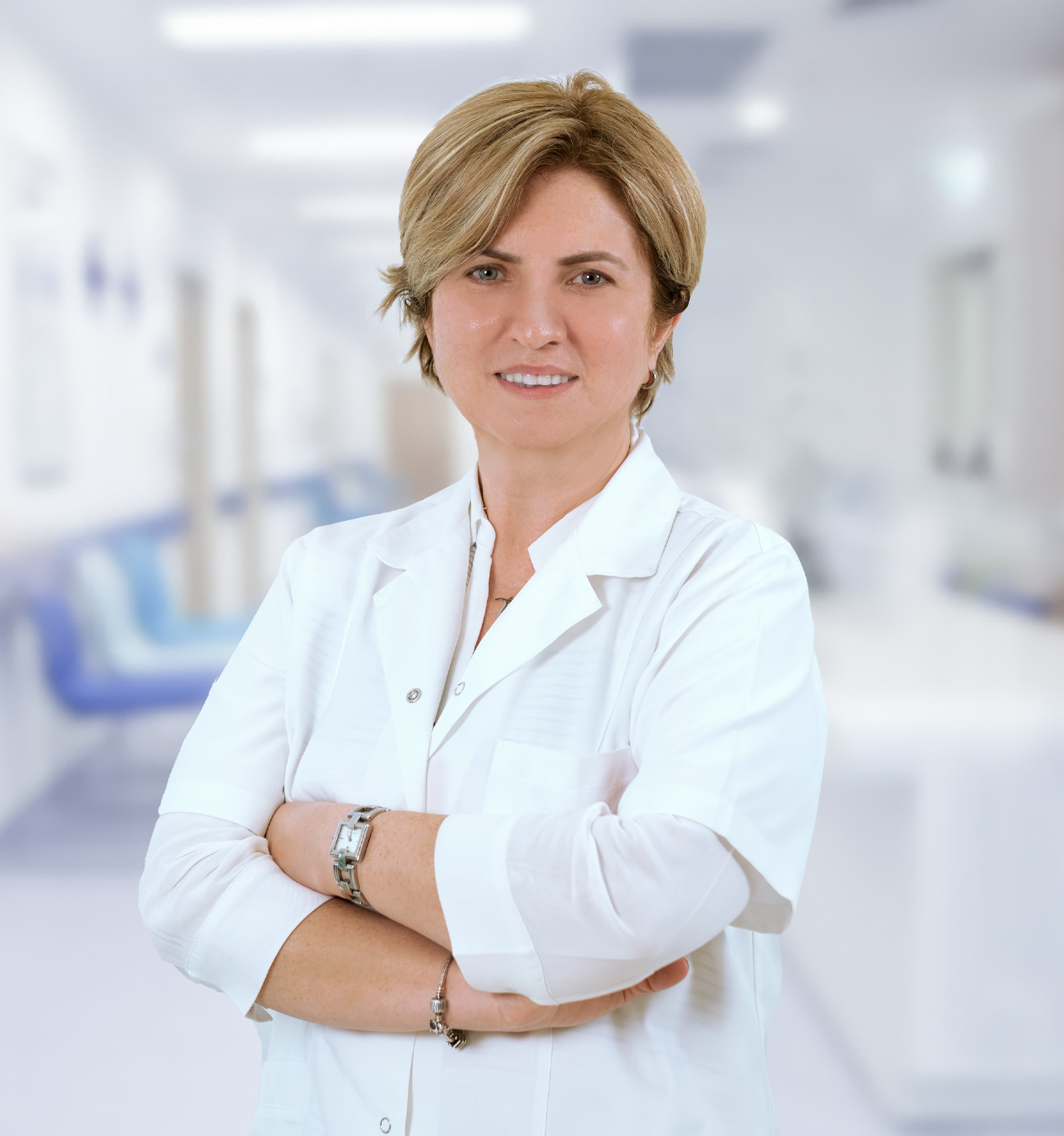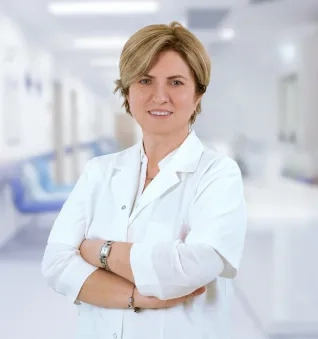Alo Yeditepe
Alo Yeditepe
Ehlers-Danlos Syndrome
Yeditepe University Hospitals Dermatological and Venereal Diseases Specialist Asst. Prof. Dr. Özlem Akın answered questions about Ehlers-Danlos Syndrome.
What is Ehlers-Danlos Syndrome?
Ehlers-Danlos Syndrome (EDS) is a rare group of heterogeneous diseases that affect connective tissue. It affects the skin, ligaments, blood vessels, and internal organs to varying degrees.
Why Does Ehlers-Danlos Syndrome Occur?
In the middle of the twentieth century, the genetic defect in collagen mesh was thought to be the genetic defect that caused the deficiency in lysyl hydroxylase. Later, the clinical and genetic heterogeneity of this syndrome was understood and various forms of eds were discovered with the development of biochemical and molecular techniques.
What Are the Symptoms of Ehlers-Danlos Syndrome?
In affected patients, the skin in the neck, face, and joints known as hyperelastic can be stretched to a few centimeters and retracted when released. In addition, wounds heal late and atrophic scars are formed by widening the wound edges. The joints have an above-normal range of motion (hypermobility). The joints may expand excessively and perform strange movements. Dislocations and misalignments are common. Both small and large vessels can easily tear due to possible trauma during pregnancy, childbirth, or sports, causing dangerous bleeding.
How is Ehlers-Danlos Syndrome Diagnosed?
Diagnosis of eds is based on symptoms and signs obtained from physical examination. Since these findings are usually similar or close to each other, the subtype of the disease usually needs to be confirmed by genetic testing. Some forms of eds can be determined by the skin biopsy method by examining skin samples under a microscope.
Ehlers-Danlos Syndrome
Neither causal nor symptomatic treatment is currently possible. Affected patients should avoid excessive stress on the joints and be careful not to get injured due to slow-healing wounds. Children with EDS may be provided with protective clothing and pads. Surgery should only be performed in emergencies and special techniques should be used to prevent excessive bleeding during the operation. It should be ensured that pregnancy and childbirth take place under the supervision of a specialist obstetrician by talking to the doctor before pregnancy. Genetic counseling is also recommended for family members.
The prevalence of eds in society is estimated to be between 1: 5,000 and 1: 10,000. Although there are many different complications of the disease, most patients have a normal life expectancy. However, complications of certain forms can be rare but fatal (usually bleeding). In some forms, the patient's quality of life is limited. Although approximately 130 years have passed since the disease was first identified, it is still being studied, but as in many hereditary diseases, there is no definitive cure yet. With the advancing technological opportunities, it is expected that there will be great developments in diagnosis and treatment in the coming years.
Press Coverage: hurriyet
About
Faculty and Year of Graduation:
Marmara University Medical Faculty, 1998
Alo Yeditepe




